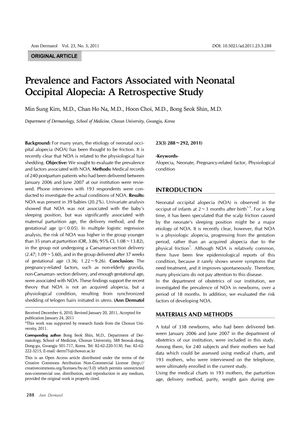TLDR The study concluded that neonatal occipital alopecia is common, not caused by physical friction, and usually resolves on its own without treatment.
The retrospective study, which reviewed medical records and conducted phone interviews with 193 respondents, found that neonatal occipital alopecia (NOA) was present in 39 babies (20.2%). The condition was significantly associated with mothers younger than 35 years, non-Caesarean-section delivery, and gestational age over 37 weeks. The study suggested that NOA is a physiological condition caused by the synchronized shedding of telogen hairs that begins in utero, rather than an acquired alopecia from physical friction. It also found no significant link between NOA and maternal telogen effluvium, indicating that NOA and postpartum hair loss in mothers are independent conditions. NOA was more prevalent in fair-complexioned neonates, potentially due to delayed hair cycle changes in darker-skinned infants. The study concluded that NOA is a self-limited disease not affected by the infant's sleeping position, and it typically resolves spontaneously without recognition by parents. However, the study acknowledged limitations such as recall and selection bias, and the reliance on self-reporting for NOA diagnosis, recommending further large-scale prospective studies for confirmation.
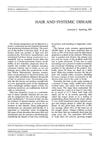 58 citations
,
October 2001 in “Dermatologic Clinics”
58 citations
,
October 2001 in “Dermatologic Clinics” Hair loss can indicate underlying systemic diseases and addressing these can sometimes reverse the hair loss.
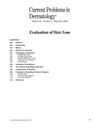 21 citations
,
May 1996 in “Current problems in dermatology”
21 citations
,
May 1996 in “Current problems in dermatology” Detailed patient history and physical exams are crucial for diagnosing hair loss.
 69 citations
,
March 1993 in “Archives of Dermatology”
69 citations
,
March 1993 in “Archives of Dermatology” The document says there are five types of hair loss conditions and different causes, including drugs.
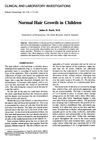 57 citations
,
November 1987 in “Pediatric Dermatology”
57 citations
,
November 1987 in “Pediatric Dermatology” Children's hair grows in different types from before birth through puberty, with growth rates and characteristics varying by age, sex, and race.
 February 2010 in “Journal of The American Academy of Dermatology”
February 2010 in “Journal of The American Academy of Dermatology” Babies born after 38 weeks to mothers under 36 years old and not delivered by C-section have a higher risk of neonatal occipital alopecia.
 February 2010 in “Journal of The American Academy of Dermatology”
February 2010 in “Journal of The American Academy of Dermatology” Most patients with alopecia areata in China have patchy hair loss, with total hair loss being less common, and the condition often starts around age 35 and can negatively affect quality of life, especially in more severe cases.
 February 2010 in “Journal of The American Academy of Dermatology”
February 2010 in “Journal of The American Academy of Dermatology” Alopecia areata has different forms and can significantly affect quality of life, especially in more severe cases.
 February 2010 in “Journal of The American Academy of Dermatology”
February 2010 in “Journal of The American Academy of Dermatology” The study concluded that patients with total hair loss and recurring hair loss had an earlier onset, longer-lasting condition, and a greater negative impact on their quality of life, with allergic conditions linked to more severe hair loss.
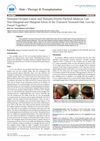 1 citations
,
February 2014 in “Hair therapy & transplantation”
1 citations
,
February 2014 in “Hair therapy & transplantation” A baby boy had two types of temporary hair loss at birth, which might be two forms of newborn hair loss combined.
